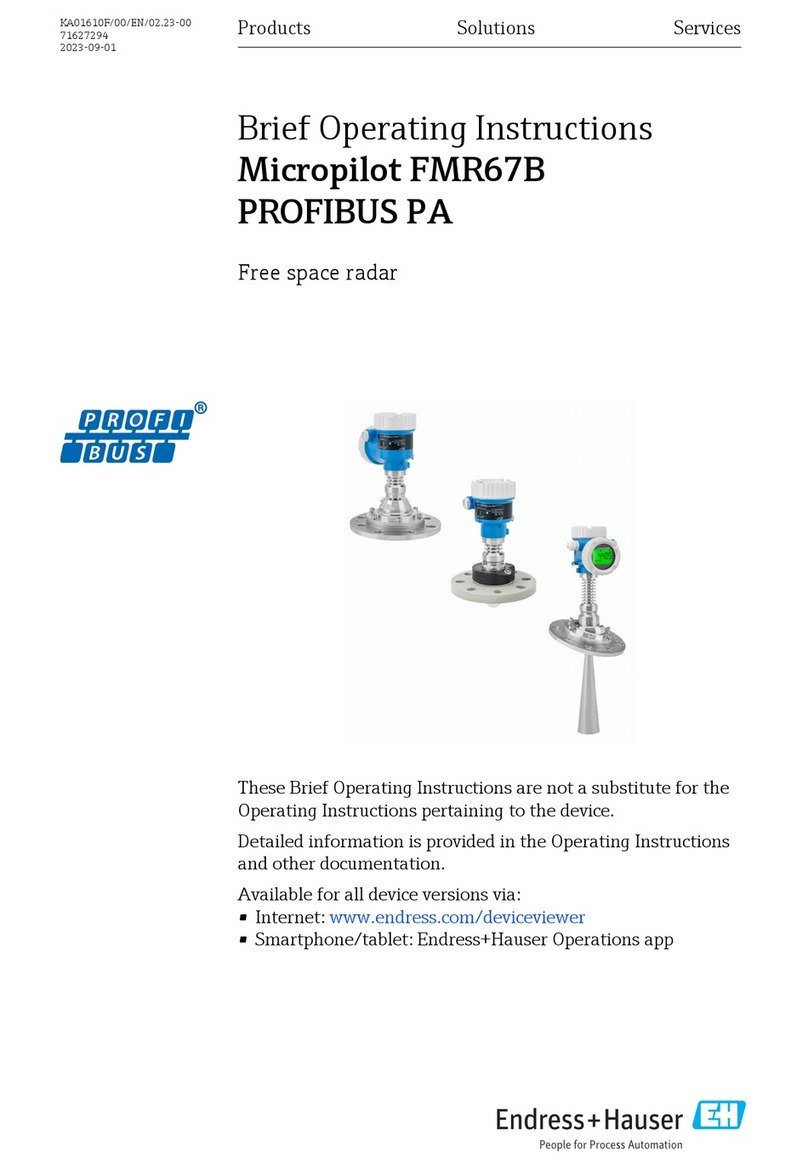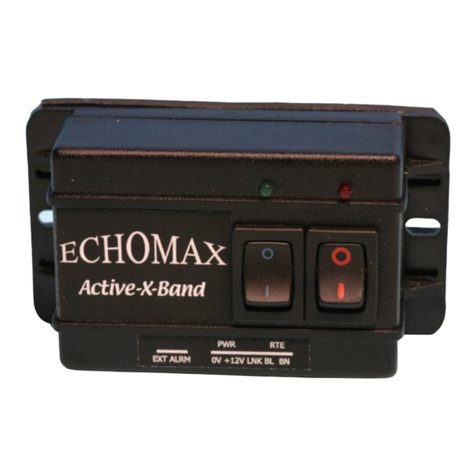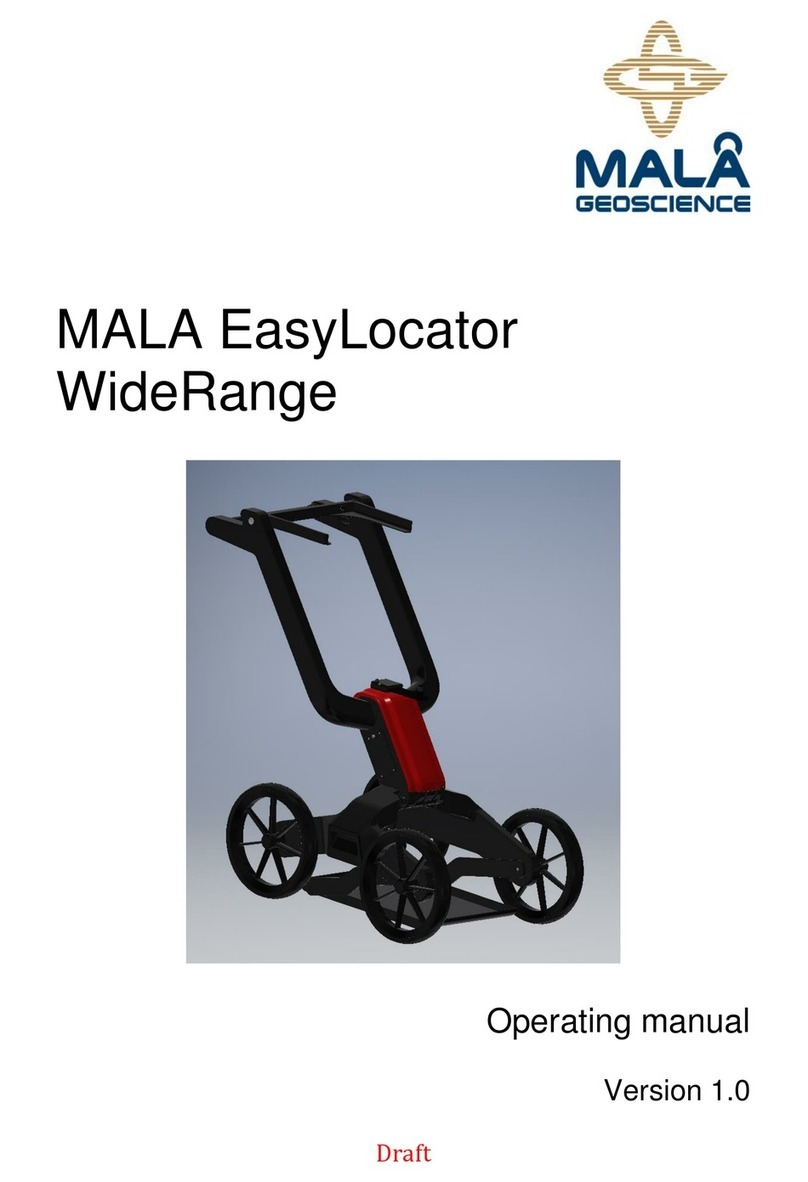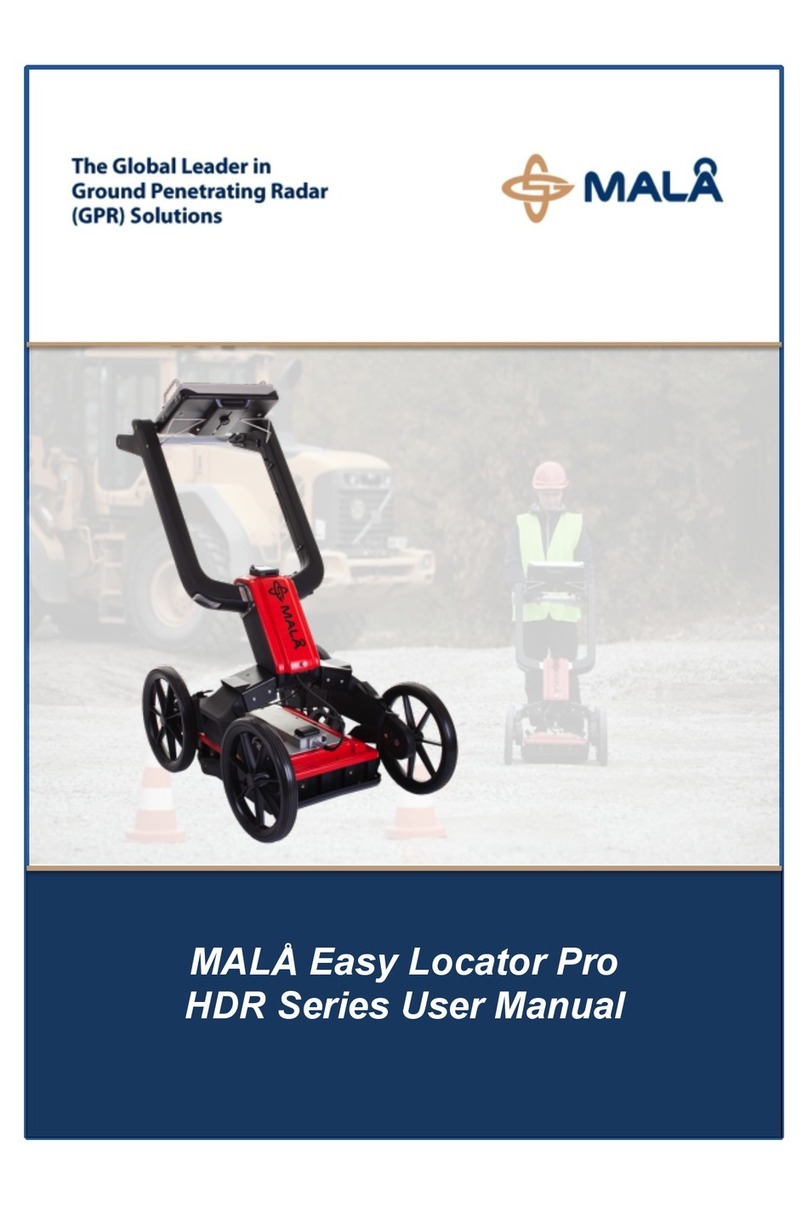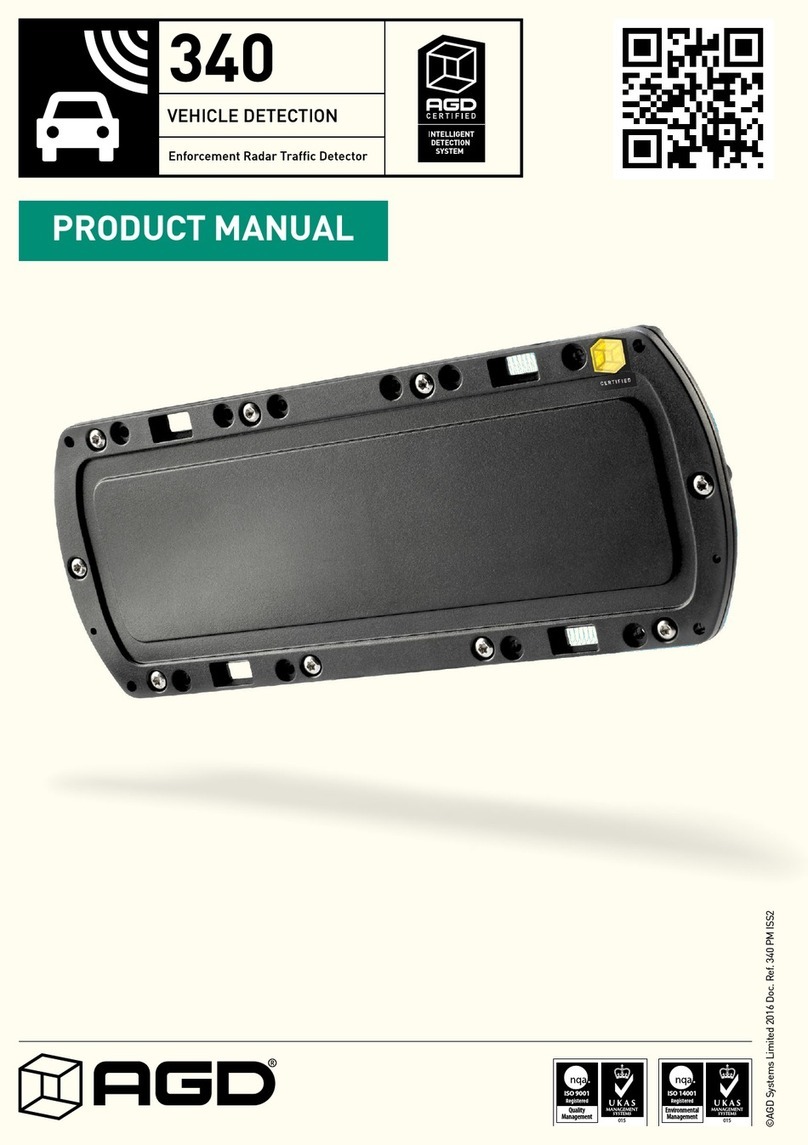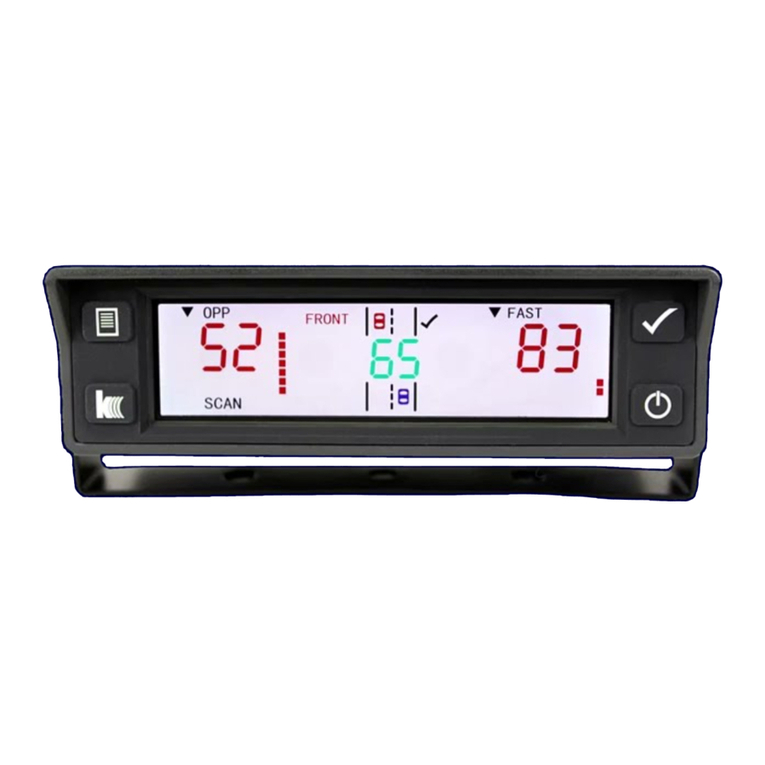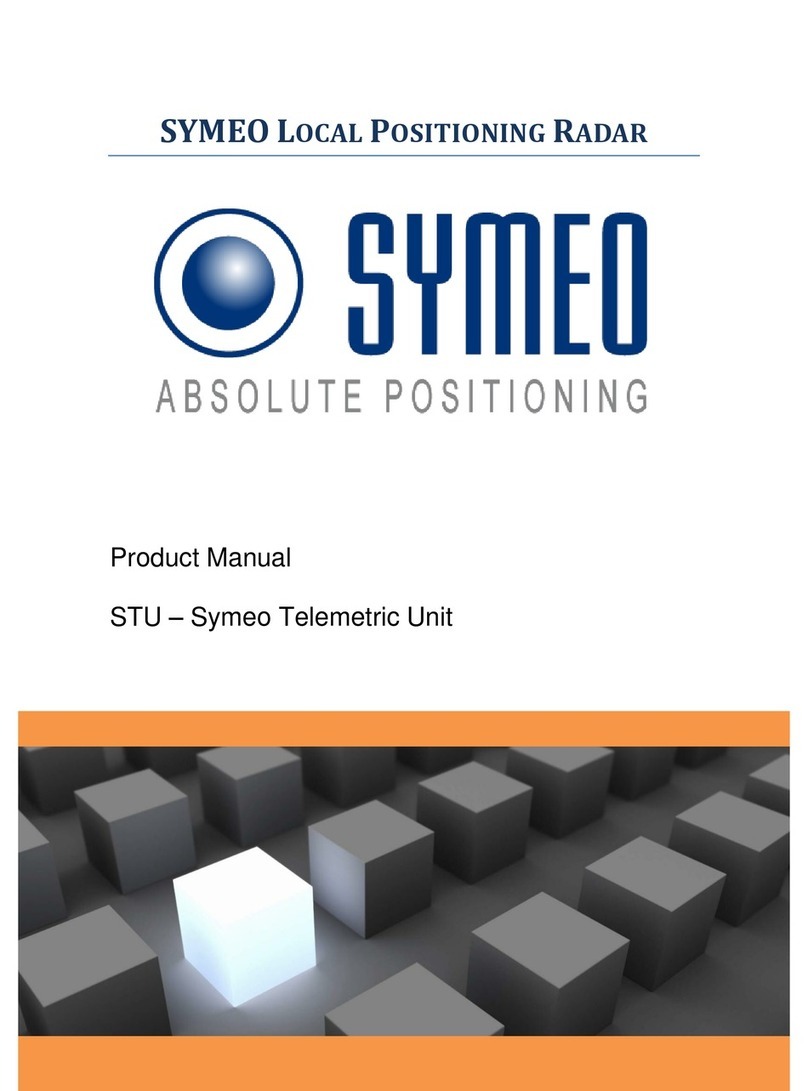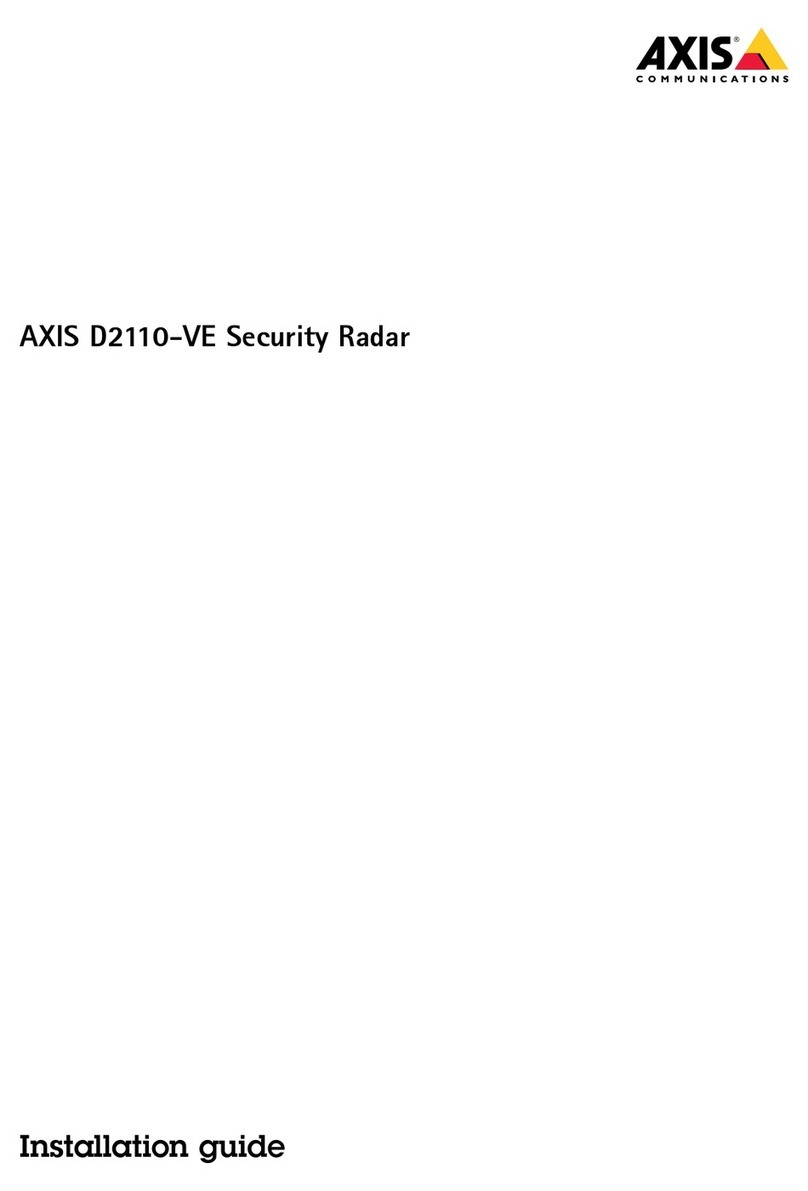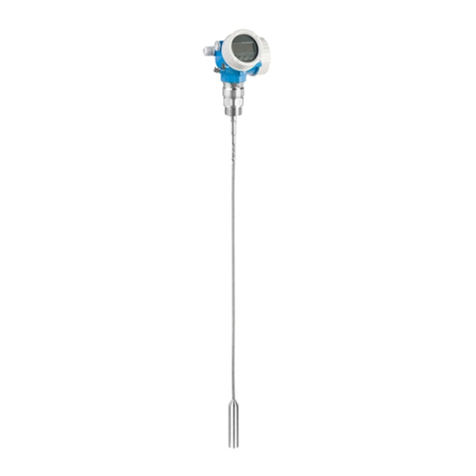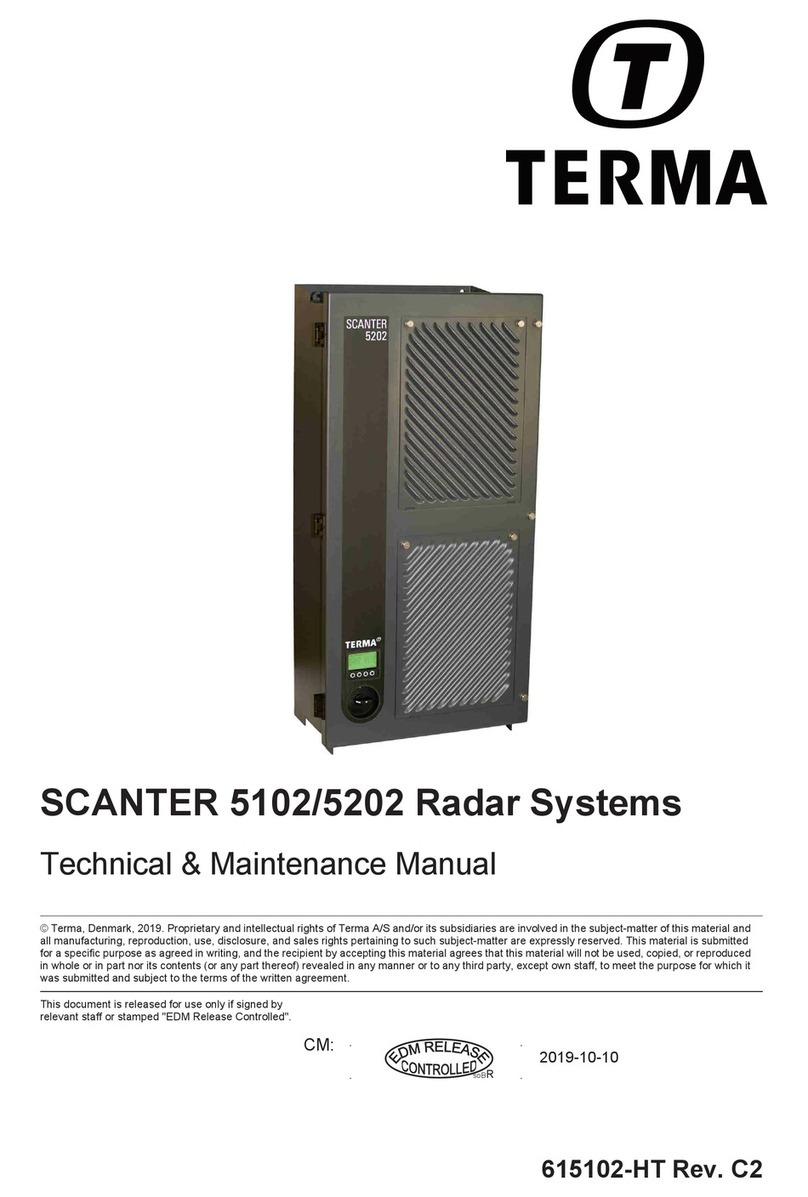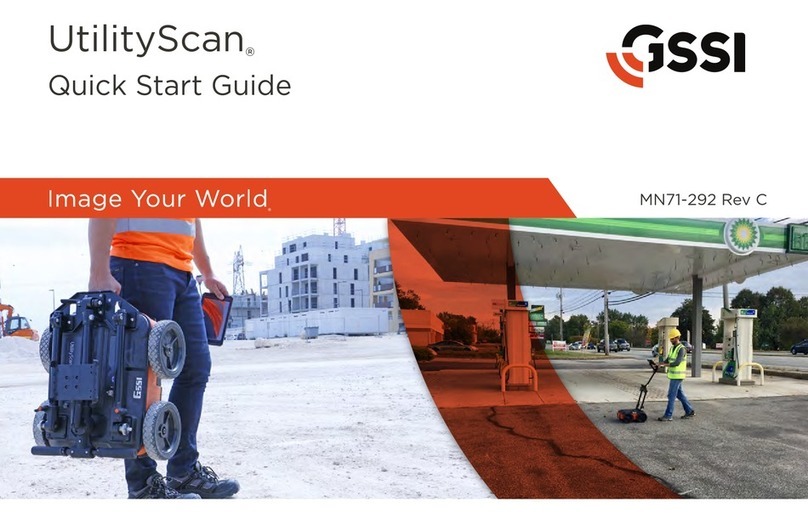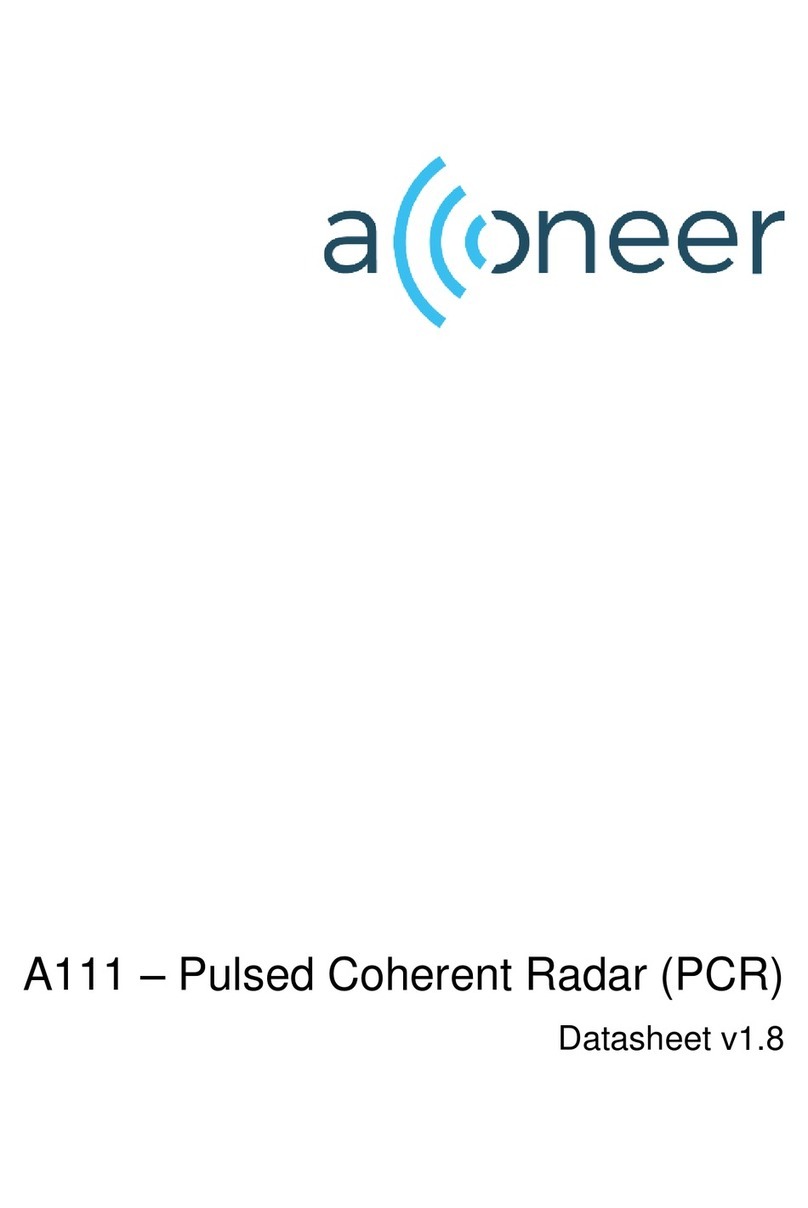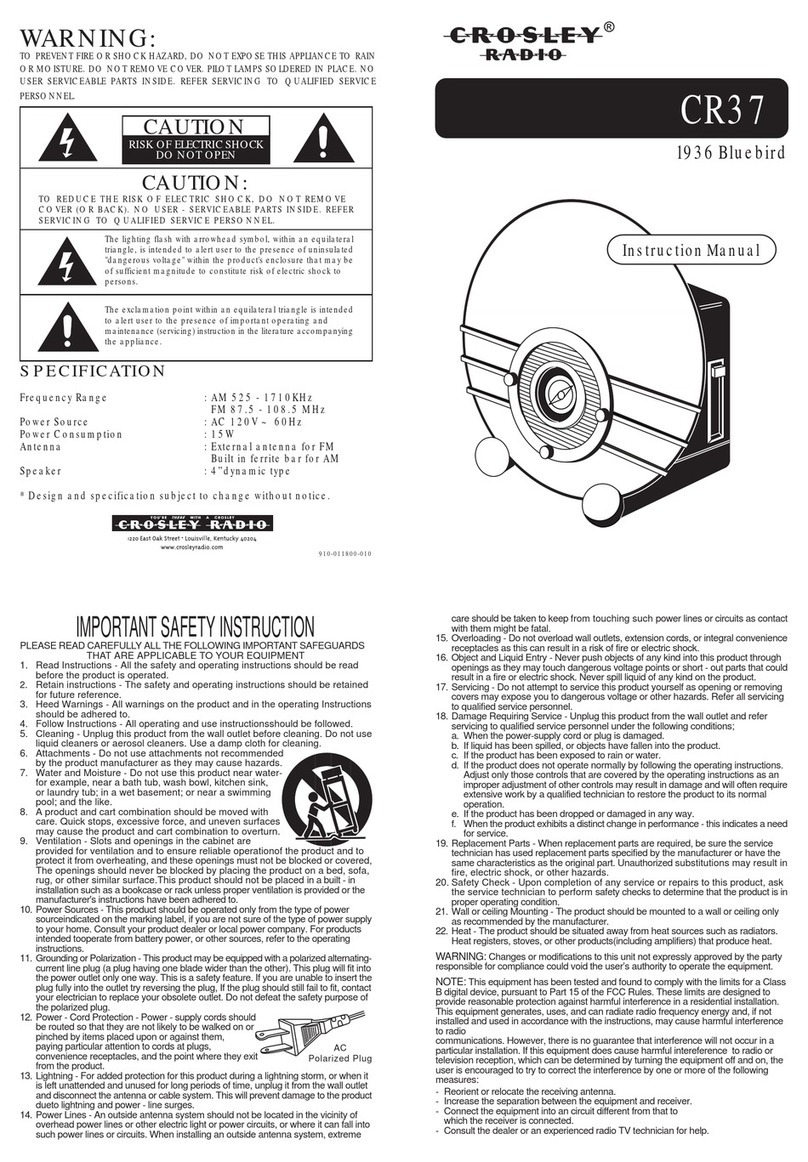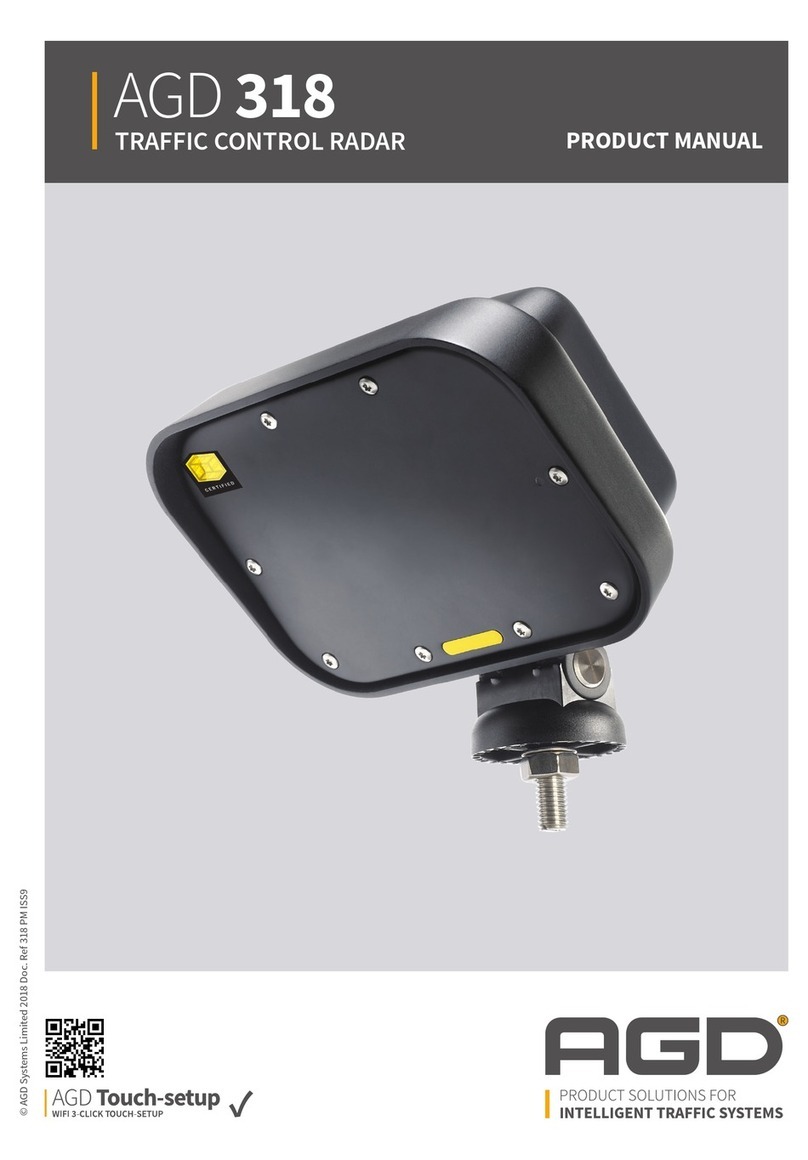
2.1 The ProEx control unit
The ProExTM control unit (Fig. 2.2) is a general tool for controlling data acquisition with various GPR
systems. In its basic configuration it operates all kinds of antennas, shielded, unshielded, borehole etc.
More on this can be read in the ProEx operating manual.
The ProEx main unit communicates via a fast Ethernet link with a PC. In the MIRA system the ProEx
control unit will operate more or less as a slave. Its main task is to keep track of the position along the
profile and collect data at equidistant points.
Fig. 2.2 The ProEx control unit.
The leading thought behind the design of this unit is modularity and data throughput, the latter being
very important in conjunction with the array option. In order to handle the data stream, each data
channel has its own processor taking care of the reading, stacking, buffering and transfer of data. This
will ensure undisturbed data throughput, regardless of the number of channels used. Internally this is
implemented via a distributed design with multiple controllers, each taking care of its own data stream
and communicating with the master controller via dual port memories.
In this design, the master controller is mainly managing the flow of data to/from the distributed
controllers. The design also lends itself to expansion to any number of data channels, a fact used in
the array option design.
ProEx standard units are not configured for the array option, if not asked for at time of purchase. In
order to be able to control an array option/module the base unit must be equipped with connectors on
the back side, see Figure 2.3 below.
Fig. 2.3 The back-side of a ProEx unit configured for array-use.
2.2 The MIRA option
The design supports arrays of up to 31 receivers and transmitters, making it the most versatile array
option on the market.



